 In mid-May, I had the privilege of speaking by phone to a young man who lived through the perilous Fort McMurray wildfire days. He is the sister of one of our csj Sisters. He explained that he, his wife and their 12-year-old daughter presently are living in Calgary in his brother’s apartment. They are alive and fortunate but the nightmare they experienced is with them constantly.
In mid-May, I had the privilege of speaking by phone to a young man who lived through the perilous Fort McMurray wildfire days. He is the sister of one of our csj Sisters. He explained that he, his wife and their 12-year-old daughter presently are living in Calgary in his brother’s apartment. They are alive and fortunate but the nightmare they experienced is with them constantly.
On May third, the fire came too close for comfort. Both he and his wife were working on site at Suncor Energy Ltd. As the fire leapt toward the site, he contacted his wife but she was unable to leave work. Quickly, he and a friend jumped into a vehicle and raced to the school to rescue their daughters. He dropped his daughter at home and ordered her to begin packing as he proceeded to drive his friend and his daughter to their home. The road was packed with vehicles crawling along the road to exit the city. Thus, a 15 minute drive took an hour-and-a-half. The return trip was the same. Finally, father and daughter were on the road, joining a caravan inching down #63 toward Millenium Suncor camp. Although husband and wife had been in communication throughout the ordeal, she was on a bus heading to Fort Hills, another huge Suncor camp north of Fort Mc Murray.
The family was separated for two nights but my friend was able to go by pickup truck from Millenium Camp to Fort Hills and return with his wife to Millenium Camp. The family was together for twenty-four hours when they were air lifted to an airport ironically named Fire Bag. Picture sixteen greyhound buses arriving at Fire Bag where ten West Jet planes awaited them to fly several thousand people to Calgary or Edmonton! It was a colossal undertaking in stressful circumstances.
Once safely in Edmonton and Calgary, ground transportation was provided to take the rescuees to either place as the passengers requested. My friend and his family went to his brother’s apartment in Calgary.
On May 12th, Suncor summoned my friend, who is a safety advisor at the oil sands, to return to Fort McMurray to get the oil operation up and running in anticipation of bringing back workers to the sites. Smoke remained noticeable but skies were clear. However, without warning, the fire returned with a vengeance, literally chasing workers as they leaped into the nearest company vehicles and raced to Calgary where they waited for the raging inferno to lose power and control.
Good news arrived on May 28th when my friend was flown back to Fort McMurray. The treasured family home is still standing in the Timberly area situated on a hill a small distance from town. It has not been damaged by the fire or water but has a smell of smoke. There was no electricity outage and appliances are working – a miracle indeed. On June 4th weekend, his wife and daughter will return from Calgary.
This brave family along with countless others who have been through the great wildfire ordeal, is aware of prayers and support from Canadians. My friend pointed out that there are many heroes: first responders, firefighters, the Red Cross to name a few. Such support will continue to assist in the restoration of Fort McMurray in the months and years to come.
Jean Moylan CSJ
 While in Winnipeg, Manitoba at The Forks, I encountered a busker in the market, who sat and played his mandolin. His mandolin case lay open to receive any possible donations. The passersby went about their business, paying little attention to this man and his musical talent.
While in Winnipeg, Manitoba at The Forks, I encountered a busker in the market, who sat and played his mandolin. His mandolin case lay open to receive any possible donations. The passersby went about their business, paying little attention to this man and his musical talent. 






